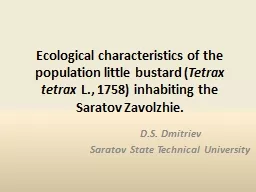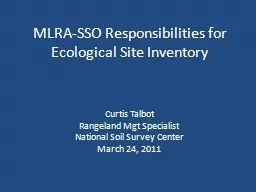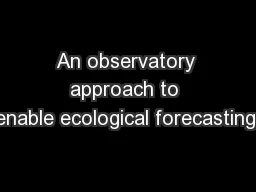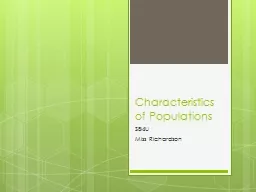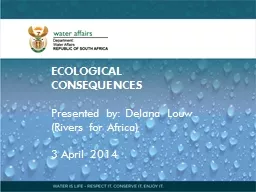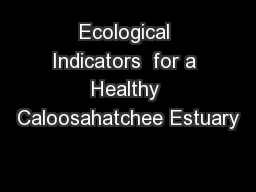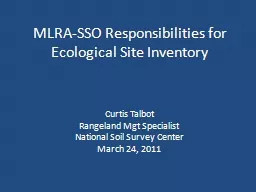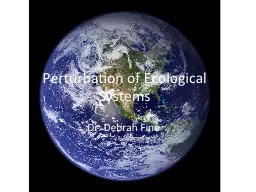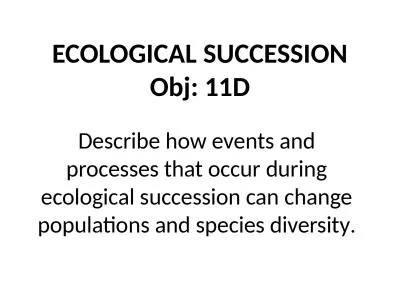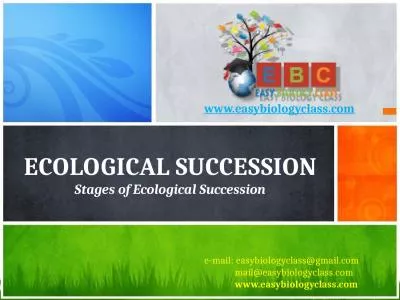PPT-Ecological characteristics of the population little bustard
Author : phoebe-click | Published Date : 2016-02-26
Tetrax tetrax L 1758 inhabiting the Saratov Zavolzhie DS Dmitriev Saratov State Technical University Little bustard Tetrax tetrax L 1758 is a large bird
Presentation Embed Code
Download Presentation
Download Presentation The PPT/PDF document "Ecological characteristics of the popula..." is the property of its rightful owner. Permission is granted to download and print the materials on this website for personal, non-commercial use only, and to display it on your personal computer provided you do not modify the materials and that you retain all copyright notices contained in the materials. By downloading content from our website, you accept the terms of this agreement.
Ecological characteristics of the population little bustard: Transcript
Download Rules Of Document
"Ecological characteristics of the population little bustard"The content belongs to its owner. You may download and print it for personal use, without modification, and keep all copyright notices. By downloading, you agree to these terms.
Related Documents

